Imagine this: you’ve created a stunning real estate website that showcases properties in your area. You’ve poured your heart into every detail, ensuring it’s visually appealing and easy to navigate. But then it hits you – what about all the potential buyers who speak different languages? You know, the ones who could be interested in your listings but are stuck in translation limbo?
This is where localizing and internationalizing your real estate website becomes essential. Welcome to a world where your stunning real estate website can reach diverse audiences, breaking down language barriers and expanding your reach to a global scale. It’s a game changer.
In today’s interconnected world, localizing your real estate website isn’t just a nice-to-have – it’s a must-have. We live in an age where your future clients could be just about anywhere, and their first interaction with your brand is likely through your website. By making your property listings available in multiple languages, you’re not only showing that you care about their needs but also positioning yourself as a global real estate guru.
But wait, there’s more! Ever heard of the power of internationalization? It’s like giving your website a passport, allowing it to travel to different countries and speak their languages fluently. It’s the secret ingredient to attracting a worldwide audience and increasing your property listings’ visibility. Today, we will dive into the nitty-gritty of how to integrate WPML with your real estate website. This will include ensuring all property information, filters, and navigation elements are accessible in various languages, so you can attract a global audience, one multilingual listing at a time.
Prerequisites and Setup
Before we get into the juicy details of localizing your real estate website, let’s talk about what you need to get started. WPML, or WordPress Multilingual Plugin, is like the Swiss Army knife for WordPress sites. It offers a variety of features that cater to different multilingual needs, but not all are necessary for real estate websites. Here’s a quick rundown of the key components you’ll need to kick off your multilingual journey with WPML:
- WPML Multilingual CMS: This is the bread and butter of the WPML suite. It allows you to set up a multilingual site with ease. You’ll be able to manage translations for pages, posts, custom types, custom fields, and more, all from a user-friendly interface.
- String Translation: Ever wonder how to translate all the strings (like text in menus, sidebars, and admin panels)? This is where String Translation comes in. It allows you to translate site strings directly from your dashboard, making it super convenient to keep everything in sync.
- Translation Management: If you plan on having a team of translators or even outsourcing some of your translations, you’ll need Translation Management. This feature organizes and tracks translations, ensuring everyone’s on the same page.
Now, here’s the kicker – your theme and plugins must be translation-ready. What does that mean? It means using gettext functions (aka translation functions) to make strings available for translation. If you can see it, you should be able to translate it. Don’t worry; we’ll dive deeper into this in the next section.
Ensuring Theme and Plugin Translation Readiness
First, let’s address the elephant in the room. Before diving into WPML, ensure your theme and plugins are translation-ready. If your theme or plugin is built without localization in mind, WPML can only translate the strings it can see. So, before you start stressing out about how to make everything translatable, know that your theme must allow it. WPML won’t perform magic if your theme doesn’t play nice.
Most reputable WordPress themes (including ours, of course 😉) and plugins are translation-ready. But how can you check if they’re designed with translation in mind? Well, it’s quite simple. Developers generally use a library called gettext, which allows users to obtain translations for site text. If the theme or plugin is translatable, it will use gettext functions to retrieve translations. These functions make strings available for translation, so if a plugin wants to translate something, it must pass the translatable string through the gettext function.
What about those themes that come pre-translated in multiple languages? While they might seem like a convenient option, here’s the deal – these languages will still need to be managed. You’ll still have to oversee and maintain them. And guess what? For multilingual sites, maintaining multiple languages is where 90% of the localization issues arise. It’s like having a herd of cats and trying to get them all to sit still for a family photo.
So, what’s the solution? It’s pretty simple. Choose a theme that is compatible with WPML, and for those who want a ready-to-go theme, look for one with WPML compatibility. It saves you a ton of hassle and keeps your website running smoothly. And for those developers building custom themes, it’s a no-brainer. Just follow WPML’s guidelines and best practices, and you’re golden.
Now, let’s get back to our guide. In the next step, we’ll talk about the nuts and bolts of WPML’s initial configuration, including setting your default language and adding secondary languages. Stay tuned!
Translating Property Listings and Metadata
Now that we have the groundwork laid out, let’s get into the fun part – translating those property listings and metadata. Think of it as giving your properties a new passport, allowing them to explore international markets. With WPML, you can easily translate everything from property titles and descriptions to custom fields, ensuring your listings are accessible to buyers in any language.
Translating Posts and Custom Fields
First up, translating posts and custom fields. Using the WPML Translation Editor, you can effortlessly translate property titles, descriptions, and custom fields like price and amenities. But beware of numeric fields like price – translating numbers is tricky business. For simple numeric fields, a direct translation might suffice. However, for more complex cases, such as currency conversion, it’s best to use a translation note to provide context for the translator.
Now, what about those non-text fields and attachments? Ensuring your images, floor plans, and virtual tour links appear in all languages is crucial. Also, syncing non-text fields and attachments is simpler than it sounds. Just make sure the same image is linked across all translations, and all property metadata is consistent across languages. No one wants to see different bed counts in their listings depending on the language!
Advanced Search and Filters in Multiple Languages
Next, we’ll tackle making your search form multilingual. This is essential for creating a user-friendly experience for your clients. Translating dropdown options for property type, city, and price range labels is key to a seamless search experience. Also, be sure to translate search queries to respect the current language. For example, if a user searches for ‘casas en venta’ (houses for sale) in Spanish, the search results should only show listings translated into Spanish.
Filter and Results Consistency
When it comes to filters and results, ensuring consistency across languages is vital. Make sure that users searching in French see only French-translated listings. This helps avoid confusion and enhances the user experience. You don’t want to be the cause of someone’s existential crisis over a property that doesn’t have a pool in their language, right?
Translating Theme Templates and Widgets
If you’re using a page builder like Elementor, it’s crucial to ensure each template is translated. You can create separate templates for each language or use WPML’s Translation Editor for builder content. For menus and taxonomy terms, use WPML’s Menu Sync tool to easily translate navigation menus. This makes it simple to keep your site’s structure intact across languages.
SEO Considerations and Performance
Now, let’s talk about SEO and performance. Using localized URLs is a great way to improve your site’s SEO. WPML offers various options, including subdirectories, subdomains, and TLDs. Just make sure that your property listings have localized slugs to enhance SEO in each language.
Also, generating XML sitemaps and indexing is critical for search engine optimization. Ensure that search engines correctly index language-specific pages to avoid duplicate content issues. Don’t forget about caching and performance tweaks. Make sure caching plugins and CDNs respect language segments in URLs. This will help minimize overhead from multiple translations.
VIII. Testing and Quality Assurance
Testing and quality assurance are also important for maintaining a seamless user experience. Manually browse the site in each language to test menu items, listings, and search filters. Use a VPN or browser language settings to simulate international visitors.
Also, broken link and missing translation checks are essential for a polished site. Use WPML’s Translation Management dashboard to identify untranslated content and correct any missing fields or partially translated listings.
Maintenance and Ongoing Localization
Updating listings over time is part of the job. When adding new properties, create them in the default language first, then translate. Ensure that changes in the default language listings prompt translation updates for all languages.
Scaling to more languages is a natural progression as your audience grows. Consider professional translation services for high-stakes listings to ensure accuracy and cultural relevance. You can’t risk showing a property as a ‘charming two-bedroom home’ in a conservative area where it’s illegal to have a two-bedroom home unless there are two separate entrances!
And there you have it – a comprehensive guide to integrating WPML, translating listings, and ensuring all filters and searches are language-aware. Localizing and internationalizing your real estate website is a journey, not a destination. Keep monitoring analytics for multilingual traffic, testing user engagement in each language, and refining the experience based on feedback. It’s all about continuous improvement.
Ready to take your real estate website to the next level? Implement WPML on your test sites, experiment with various languages, and provide a truly global home search experience. The world is your oyster – go out there and make your properties multilingual magic happen!


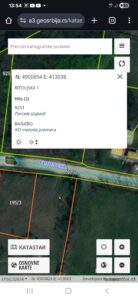
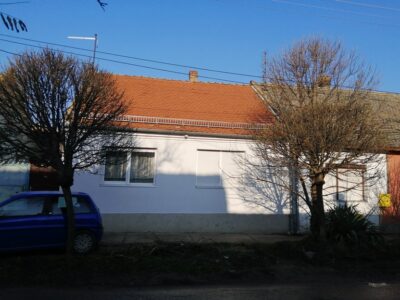

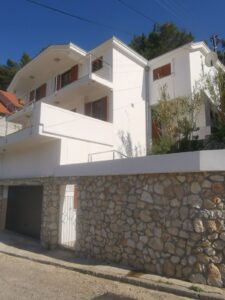




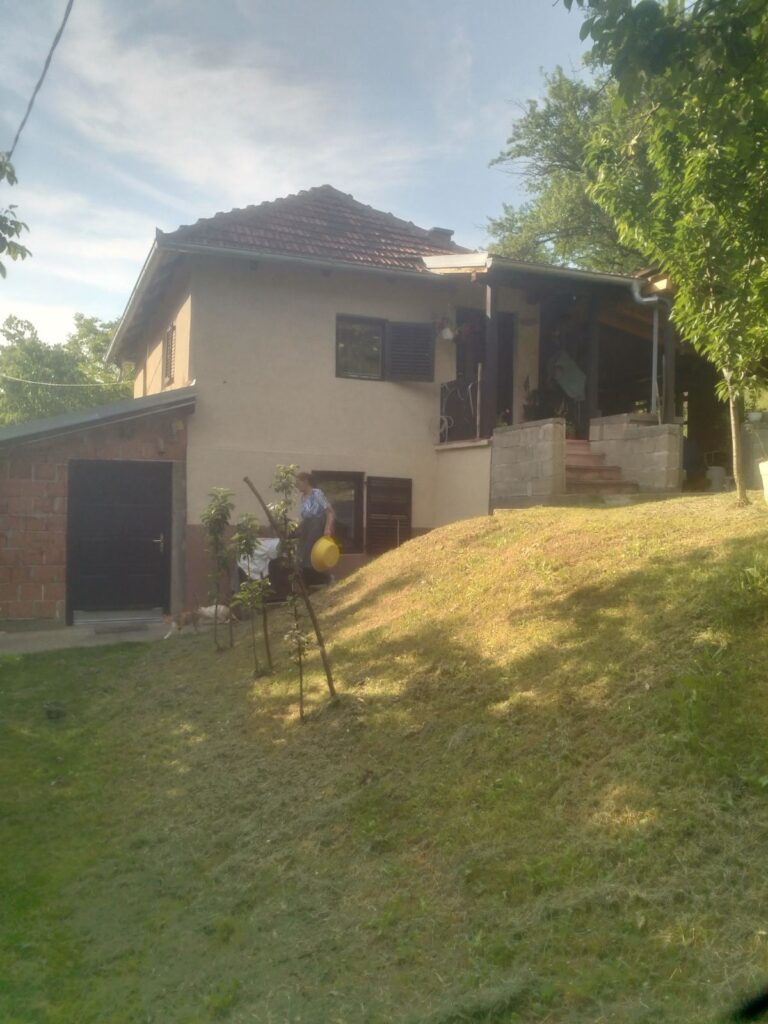

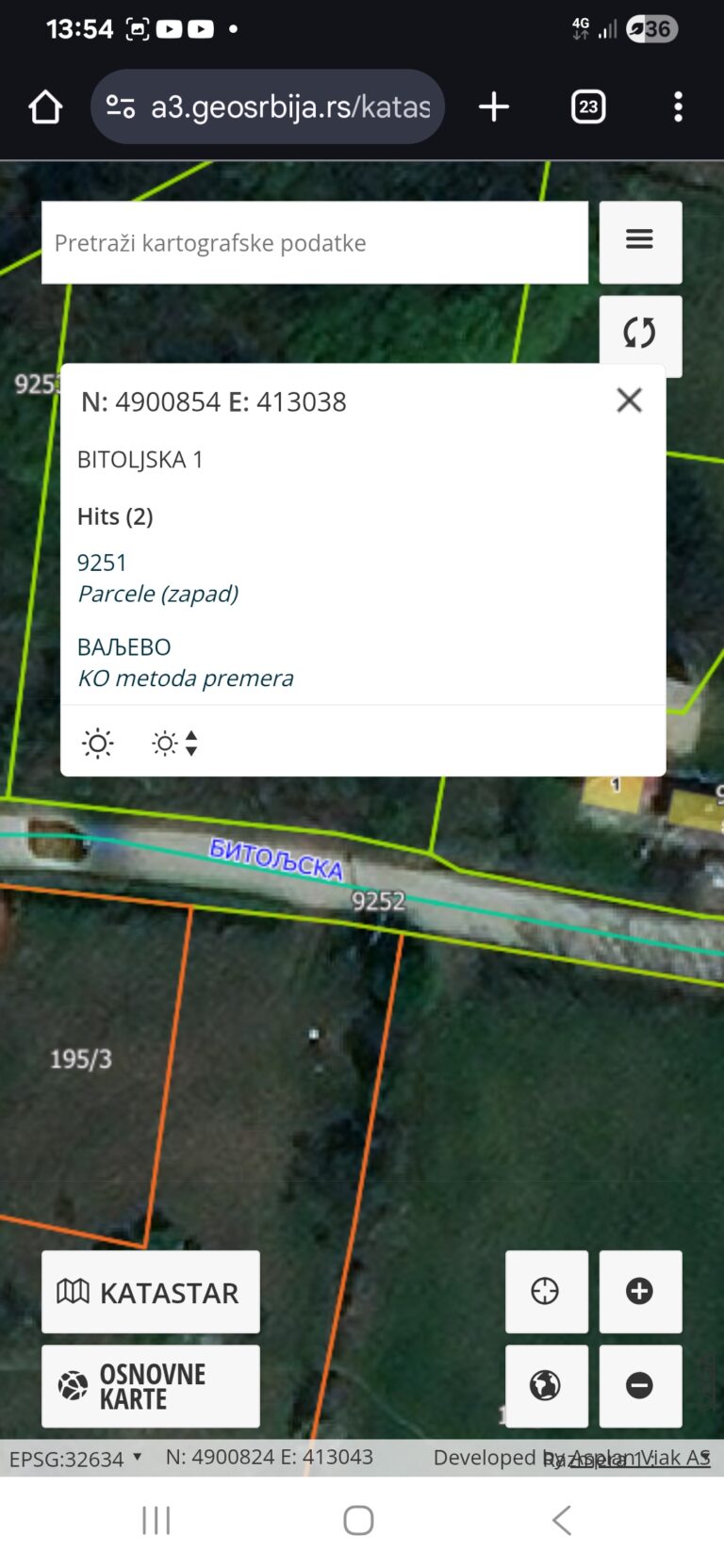
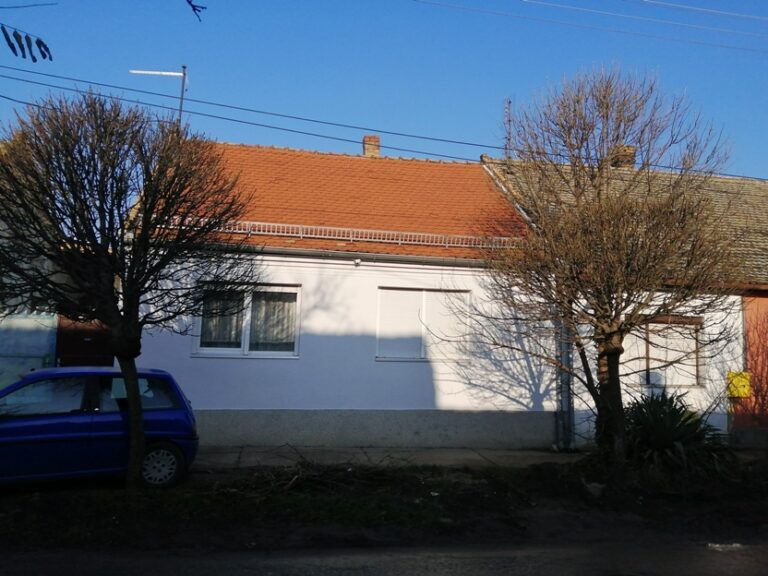

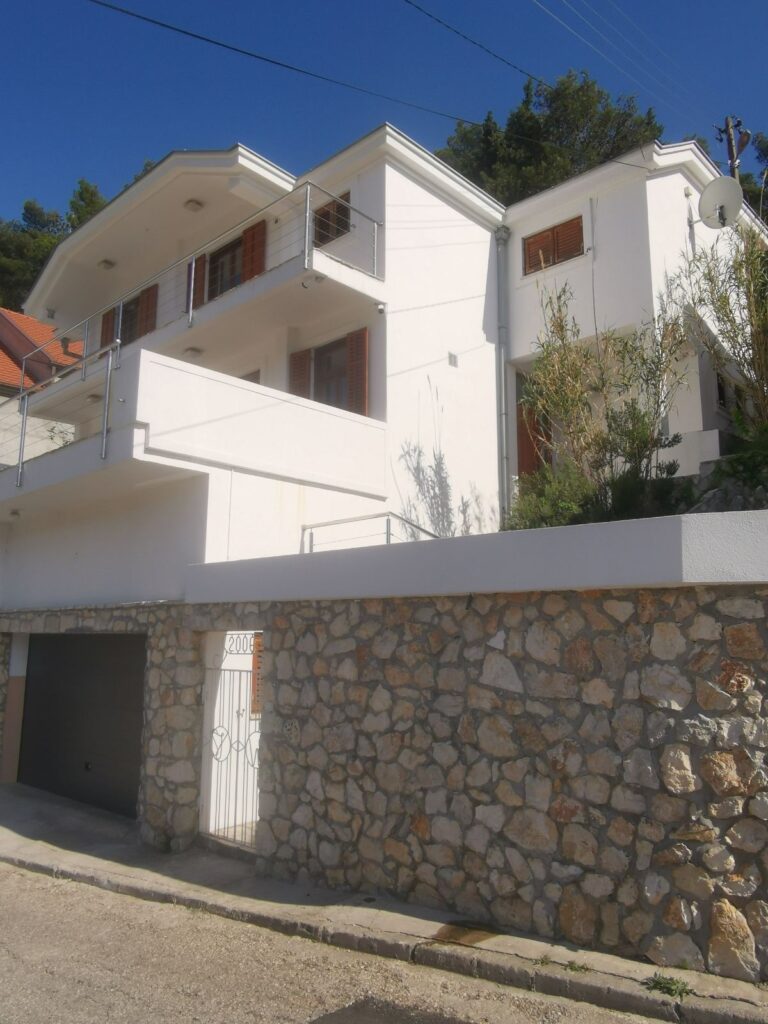


+ There are no comments
Add yours